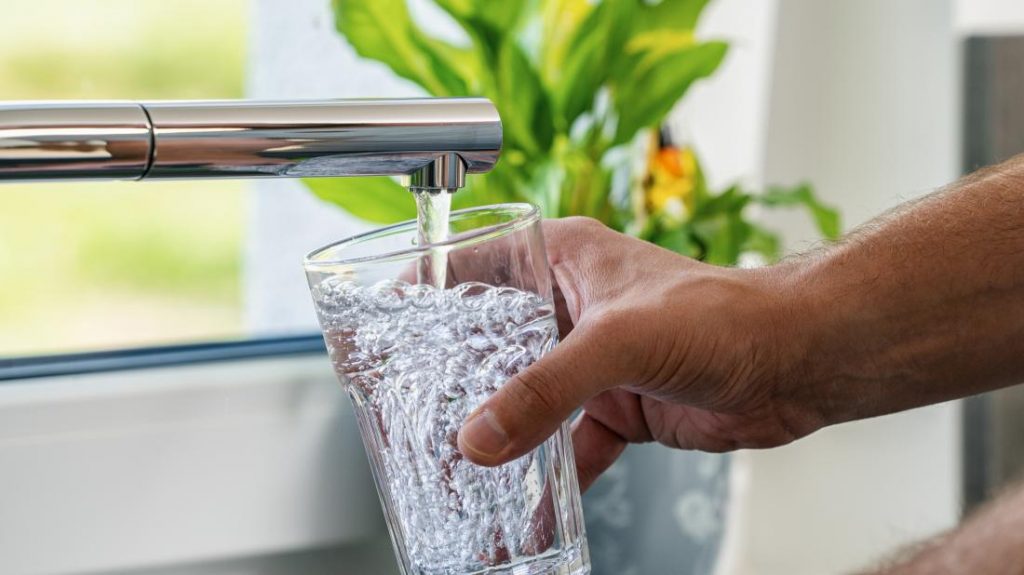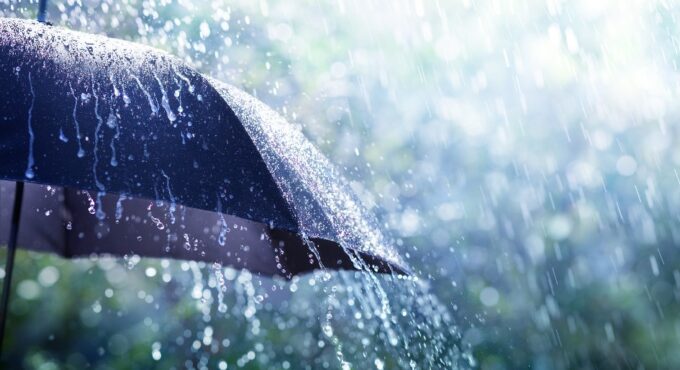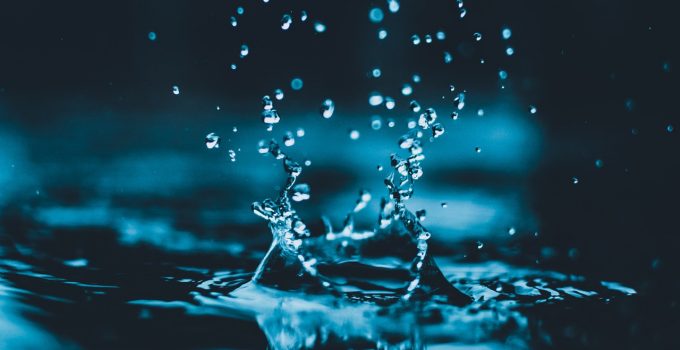Without water, there’s no life. Water is the ultimate is necessity, nourishing everything on earth. In fact, even the human body is about 70% water! But most of the world’s water supply is not “freshwater”, as it contains so much salt that human beings cannot drink it. We still have about as much freshwater as we have throughout human history, but with our growing population, there’s less water per capita than ever before – and even developed countries like South Africa and Australia are finding themselves facing freshwater crises.
So, where to from here? Despite concerns of water shortages, and widespread water restrictions, most people in the developed world (and a fair chunk of the developing world) rely on tap water to meet their water supply needs.
However, in areas without access to mains water, or where water is scarce, many people rely on rainwater harvesting; and as the freshwater crisis looms, rainwater harvesting is on the rise in modernized, urban settings. In fact, about half of the households in the metropolitan cities of Brisbane and Adelaide (Australia) have water tanks!
So, what are the differences between rainwater and tap water? Can you really turn off the tap and rely on rainwater entirely? Let’s look into that!
1. Water treatment

Source: medicalnewstoday.com
Many parts of the world experience significant health problems because their water supply is not chemically treated; conditions like cholera and dysentery which are virtually never seen in countries like Australia are a day-to-day part of life without treated drinking water. With the introduction of chlorination in the early 1900s in the Western World, once-common water-borne illnesses are now a distant memory.
Today’s tap water gets treated through several stages, which vary a little from place to place, but the main gist of it is:
- Coagulation – Coagulants are added to the water, clumping dirt and particles together.
- Sedimentation – The clumps settle to the bottom, and the water flows on clump-free.
- Filtration – Water passes through filters, catching yet more particles and bacteria.
- Disinfection – Adding chlorine or chloramine to kill any water-borne pathogens.
Rainwater doesn’t go through this treatment; generally, rainwater harvesting systems will only go through sedimentation and filtration at most.
When you have a filtration system in place, the water that you harvest goes through filters like mesh screens before entering and exiting the pipe, and sedimentation happens naturally as gravity pulls down water-borne particles inside the tank. Before you use that water for drinking, you’ll generally need to boil it.
While tap water is safer for people, it’s not so great for plants, because the treatment process also purges lots of nutrients that make plants thrive. And rainwater tends to be a bit more acidic than tap water, which is also great for a healthy garden.
Because of this, many households use their tank water for outside use only (which is still about half of the average household water consumption), and their indoors water use comes from the tap. However, some households will do limited indoor plumbing – for example, laundry and toilets – and some will invest in a high-quality filtration system to make sure that their water is entirely potable. But in practice, only a small fraction of your water consumption goes towards drinking water, even though all mains water can technically be used for drinking water. So it’s quite possible to use tap water just for drinking, washing veggies, etc. and rainwater for virtually anything else!
2. Round-the-clock convenience

Source: reminetwork.com
Tap water and rainwater are both convenient in very different ways, which is why most of the time householders will use both to their best effect.
Tap water is delivered to your home in perfect, drinkable and generally delicious condition! But there are some situations where water companies will issue outages, like after a storm when the water source is too turbid, and the water could damage their equipment. And growing water shortages comes water restrictions, too – sure, you can drink water 24/7, but can you take a long cozy shower for 20 minutes, or have a lush green garden year-round?
But during the drier months, your water tank can run empty; and if your water tank is small, you may not be able to harvest enough for your family to rely on when the dry season does come.
Because of this, tap water and rainwater can be seen as very complementary to each other – beat those water restrictions, without having to worry about your rainwater running out!
3. Cost

Source: graf-water.com
Relying less on mains water supply is exciting both from the perspectives of sustainability and price. So, the question is “Are Rainwater Tanks worth the investment?” Does the answer depend on several factors, one of them being how long do water tanks last? While plastic ones typically do not last more than a few years, Steel water tanks are a different proposition. A well-maintained steel water tank can last up to 30 years. Over that time, you can save a huge amount on your water bills, but it’ not just the cost savings! Rainwater harvesting is one of the most sustainable things you can do right now to help our water shortage crisis and take the pressure of mains water supplies. You can also continue to use freshwater during restrictions and droughts.
Harvesting rainwater is getting more popular year by year, households with water tanks have greener gardens, cheaper water bills, and are helping the environment.
At SelectWaterTanks we manufacture and supply Stainless Steel round and Slimline Water Tanks in a huge range of sizes and dimensions. We passionately believe in Rainwater Harvesting for the future of our planet, and stainless steel is the best choice of material to use because they look awesome, lasts longer, offers cleaner water, bushfire resistant & can be fully recycled. Combined with a house water filtration system, you can see the water for all of your household needs including drinking and washing as well for outdoor use.







